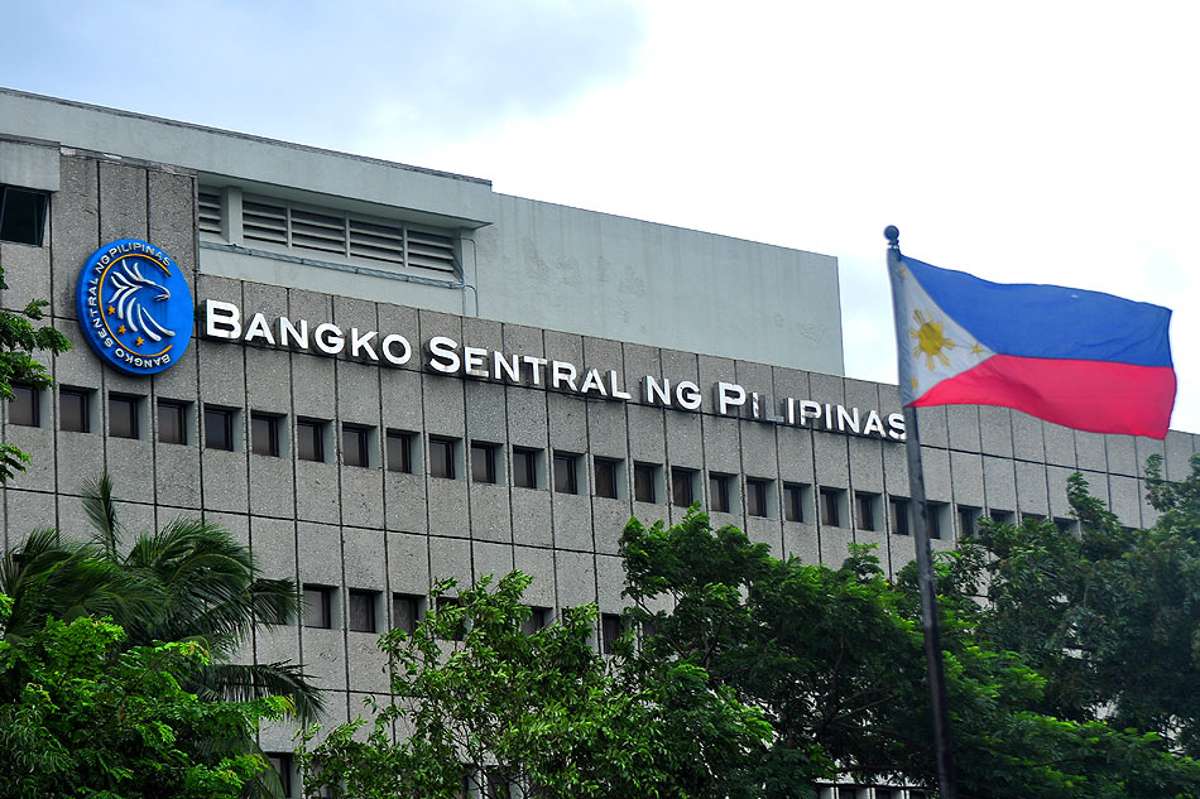
In a decisive move to safeguard financial consumers and address growing societal concerns, the Bangko Sentral ng Pilipinas (BSP) is finalizing a suite of regulations aimed at tightening control over online gambling payments. As of August 7, 2025, the central bank has confirmed its commitment to a final set of measures developed following public consultations, marking a critical milestone in the country’s efforts to promote responsible digital financial practices.
At the heart of these proposed regulations are a number of key safeguards. First, stringent identity verification—potentially including biometric authentication—will help ensure that only eligible individuals can access gambling-related financial services. Meanwhile, daily spending caps will be imposed on transfers to gambling platforms, and time‑based restrictions will discourage impulsive gambling behavior. Users will also be empowered with tools to set personal spending limits, take voluntary breaks, and even self-exclude from gambling services altogether.

These newer developments build upon the earlier draft circular released in mid-July, which detailed more specific restrictions. Among these were a daily funding limit to an Online Gambling Transaction Account (OGTA)—capped at 20 percent of the account’s average daily balance—and a maximum six-hour window per day during which gambling-related transactions may be processed. Should a user exceed a designated “heavy usage” threshold, a mandatory 24-hour cooling-off period would be triggered. Financial institutions would also be obliged to block lending services linked to e-wallets connected to gambling accounts, and refrain from displaying gambling ads unless explicitly opted in by users.
The legal community has weighed in on the draft, with Geronimo Law offering thoughtful critique. While commending the BSP’s initiative for targeting institutional compliance, Russell Stanley Geronimo cautioned that the draft places insufficient emphasis on protecting vulnerable users. He specifically criticized the relative ineffectiveness of the 20 percent cap—arguing that it can be easily manipulated or still allow for harmful spending—and argued that a six-hour transaction window merely compresses, rather than reduces, harmful behavior. To address these concerns, Geronimo proposed tiered transaction limits, clear definitions of “heavy usage,” mandatory real-time dashboards showing users their spending, and system-level cooling-off rules tied to objective thresholds.
Beyond the central bank, other stakeholders are stepping up their efforts. The FinTech Alliance PH, a consortium of major digital finance players—including GCash, Maya, and GoTyme Bank—has thrown its weight behind stronger regulation. The Alliance is calling for enhanced monitoring and blacklist systems to block unlicensed gambling platforms, tighter due diligence, and public education campaigns to foster financial literacy around e-gambling risks.
Legal experts too recognize the delicate balancing act at hand. Gaming law analyst Tonet Quiogue commended the government’s measured approach—eschewing a blanket ban in favor of smart, data-driven regulation. She noted that regulation, not prohibition, should prevail—arguing that only a thoughtful, collaborative approach among regulators, industry, and consumers can yield lasting, constructive outcomes.
Notably, there’s also growing alignment within the industry. Leading e‑gaming operators licensed by PAGCOR have embarked on self-regulation efforts, pledging tougher age verification, betting limits for at-risk players, and enhanced AML standards—actions intended to rebuild public trust and support safer digital gaming environments.

 Content Writer: Janice Chew • Thursday, 25/08/2025 - 23:06:58 - PM
Content Writer: Janice Chew • Thursday, 25/08/2025 - 23:06:58 - PM